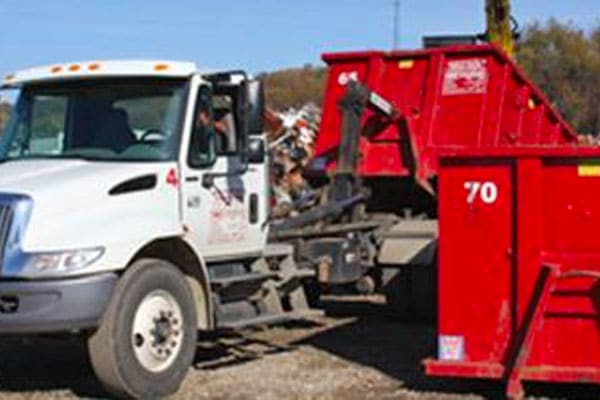Liftmoore Truck Cranes

Use an Electric or Hydraulic Crane?
Cranes are offered with two different power systems, either hydraulic or electric powered (DC Powerwed). All models feature power hoist winch and most models offer power boom elevation, power rotation and power boom extension. Whether to use an electric of hydraulic crane in an application is a function of the use of the crane.
For field service applications which require very little crane running time an electric crane works very well. Examples of field service applications are mechanic’s trucks of heavy equipment dealers and road contractors, welders bodies, and LP gas tank delivery. The duty cycle of the electric motors is limited to 5 minutes in 30 minutes per motor.
As the battery loses power the voltage drops causing the motor to run slower and heat up faster. This can damage the electrical components. For extended duty applications the hydraulic crane is required. One example of an application requiring a hydraulic crane is unloading a trailer loaded with tanks or pallets of material that must be unloaded quickly.
Another example is lifting objects long distances several times. Note that the winch oil will heat up. This restricts lifts to approximately 200 feet. The duty cycle of hydraulic crane can be nearly continuous. For heavier use the reservoir size needs to be larger to prevent heat build up in the oil.
There are some advantages electric cranes have over hydraulic cranes: With the exception of proportional hydraulic controlled cranes, electric cranes are slower and therefore more precise than hydraulic cranes. For accurate setting of motors or transmissions this is very important. The truck’s engine does not need to run to power the crane. If long periods of time elapse without needing the crane the engine can be left off but the crane is still ready to use.
Electric cranes are easier to install because they operate from batteries. No PTO or clutch driven pump is required.The electric crane can be moved to another truck less expensively since there is no pump, reservoir or hoses to install.
We also install Jackstands, Outriggers, and Boom Rests, Pedestals, Mounting Plates, and Radio remote controls.
The jackstands or outriggers must be used under every crane to keep it level while in use. Keeping the crane level is necessary to minimize crane rotation loads. This will increase component life on powered rotation cranes and will make control of manual rotation cranes easier.
Outriggers are available with the following configurations:
- Manual pull out with a manual crank for setting and retracting the outrigger
- Manual pull out with hydraulic cylinder(s) for setting the outrigger
- Hydraulic out with hydraulic down cylinders for easiest set up
- Boom Rests are required for all power rotation cranes and are designed to hold the boom in a nearly horizontal position.


Industrial Truck & Environmental Equipment
Stringfellow takes pride in providing the best customer service in the industry. Contact us today to get started!
Contact Us Today